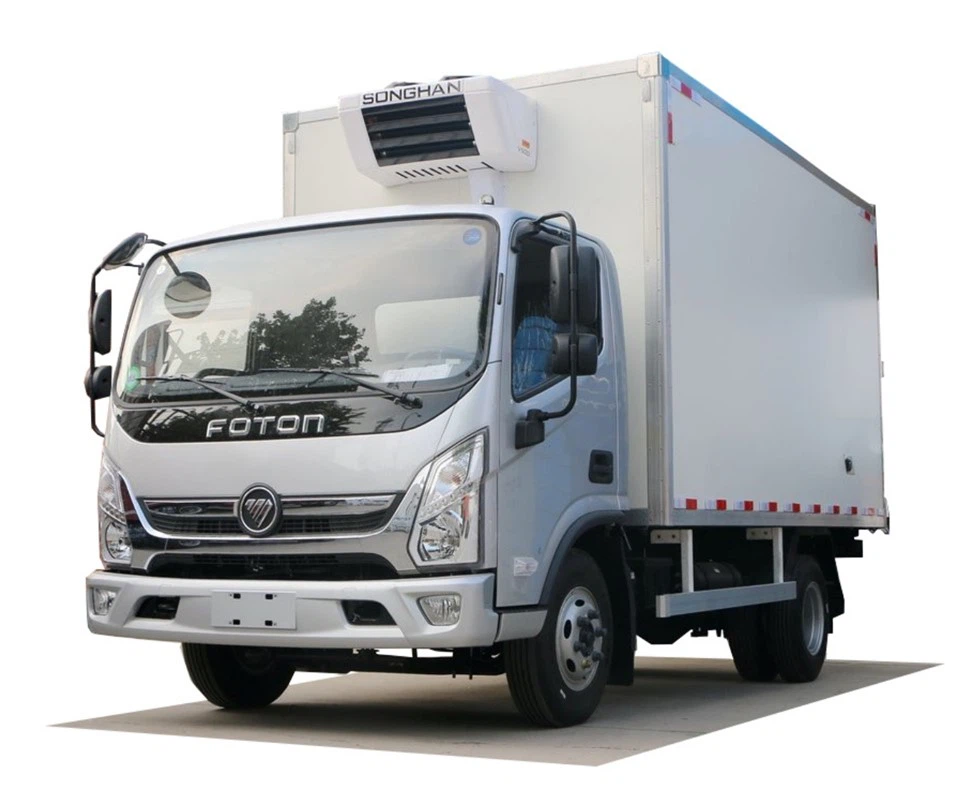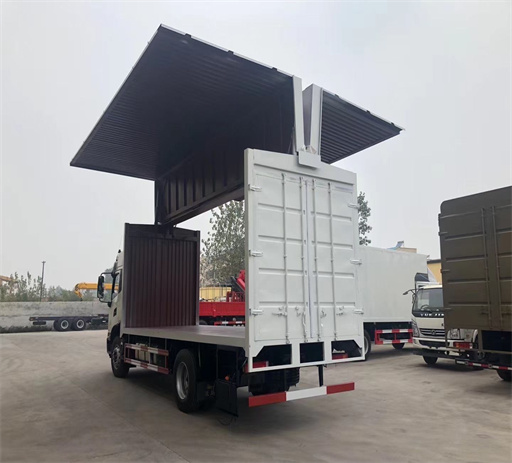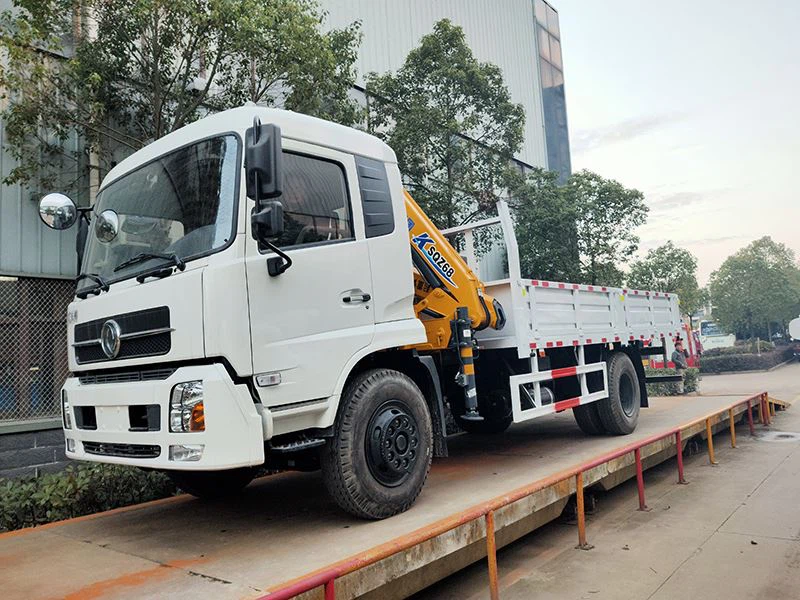How Many Gallons in a Tanker? A Comprehensive Guide

Introduction
Tankers play a vital role in the transportation of various liquids, including oil, chemicals, and water. Understanding how many gallons a tanker can hold is essential for industries relying on these massive vehicles. In this article, we will explore different types of tankers, their capacities, and practical implications. Whether you’re in logistics, environmental sectors, or just curious, you’ll gain an in-depth understanding of tanker capacities, helping you make informed decisions regarding liquid transport.
What is a Tanker?
A tanker is a large vessel designed specifically to transport liquids in bulk. They are critical in the shipping industry, with capacities ranging from a few thousand gallons to over 300,000 gallons. This section will cover the various types of tankers commonly used in different sectors.
Types of Tankers
Tankers can be classified based on their use cases and the types of liquids they transport. Here are the major types:
- Oil Tankers: Primarily designed for transporting crude oil and petroleum products.
- Chemical Tankers: Specifically built for carrying chemicals and hazardous materials.
- Liquefied Gas Tankers: Used for transporting liquefied gases, such as LNG (Liquefied Natural Gas).
- Product Tankers: Smaller vessels that carry refined products, including gasoline and diesel.
- Water Tankers: Designed to carry potable water for municipal or commercial purposes.
How Many Gallons Does a Tanker Hold?
The capacity of tankers varies significantly depending on their type, design, and purpose. Here are some general capacities to consider:
Oil Tankers
Oil tankers can range from small coastal tankers to large supertankers. The following table provides a breakdown of their capacities:
| Type of Oil Tanker | Capacity (Gallons) |
|---|---|
| Very Large Crude Carrier (VLCC) | Up to 300,000 gallons |
| Suez-Max | Up to 200,000 gallons |
| Aframax | Up to 120,000 gallons |
| Panamax | Up to 70,000 gallons |
| Coastal Tankers | Up to 30,000 gallons |
Chemical Tankers
Chemical tankers also have varying capacities based on their usage:
| Type of Chemical Tanker | Capacity (Gallons) |
|---|---|
| Large Chemical Tanker | 50,000 – 100,000 gallons |
| Small Chemical Tanker | 10,000 – 50,000 gallons |
Liquefied Gas Tankers
Liquefied gas tankers hold pressurized gas, and their capacities can vary widely:
| Type of Gas Tanker | Capacity (Gallons) |
|---|---|
| Large LNG Tanker | 200,000 – 300,000 gallons |
| Small LPG Tanker | 10,000 – 40,000 gallons |
Water Tankers
Water tankers are specifically designed for transporting potable water, catering to municipal and commercial needs:
| Type of Water Tanker | Capacity (Gallons) |
|---|---|
| Municipal Water Tanker | 1,000 – 5,000 gallons |
| Commercial Water Tanker | 5,000 – 15,000 gallons |
Calculating Gallons in Tankers
Calculating the exact number of gallons a tanker can hold can be complex, considering its dimensions and shape. The following formula is commonly used:
Volume = Length x Width x Height
For cylindrical tanks, the formula is more tailored:
Volume = π × (Radius × Radius) × Height
Understanding the dimensions and structure of the tanker will help you estimate its gallon capacity accurately.
Real-World Examples
Consider a real-world example: A 300-foot long, 50-foot wide, and 30-foot high oil tanker. To calculate its total capacity in gallons, we would utilize the general volume formula and then convert the output from cubic feet to gallons:
- Volume = 300 ft x 50 ft x 30 ft = 450,000 cubic feet
- 1 cubic foot = 7.48 gallons, so: 450,000 x 7.48 = 3,361,200 gallons
This example illustrates that understanding crucial measurements can provide insightful estimates of a tanker’s capacity.
Factors Affecting Tanker Capacity
Several factors can influence how many gallons a tanker can carry, which are crucial for logistics and planning. Here’s a closer look:
Tanker Design and Construction
The construction material and design significantly impact a tanker’s total capacity. For example, double-hulled tankers provide extra safety but also add complexities in volume measurements.
Payload Restrictions
Governments and maritime regulations impose weight and volume restrictions that may prevent a tanker from operating at full capacity.
Environmental Regulations
Certain environmental laws may limit the amount of specific substances a tanker can carry, impacting its overall capacity for commercial operations.
Port and Terminal Configurations
Sometimes, port facilities may not accommodate larger tankers, necessitating smaller vessels or partial loads, thereby limiting capacity.
Common Applications of Tankers
Understanding the common uses of tankers provides insight into their importance in the various sectors.
Oil and Gas Industry
Oil tankers are essential for transporting crude oil and refined products across vast distances, significantly impacting the global economy.
Chemical Manufacturing
Chemical tankers help ensure that various industries receive the raw materials necessary for manufacturing products, from pharmaceuticals to plastics.
Agriculture
Water tankers provide critical support in agricultural zones requiring consistent water supply for irrigation, especially in arid regions.
Tips for Efficient Use of Tankers
Optimizing tanker operations can lead to increased productivity and reduced costs. Here are some practical tips:
Load Optimization
Maximize the tanker’s payload by ensuring that the correct dimensions and limitations are followed to avoid excess costs.
Regular Maintenance
Implement routine checks for leaks or damages, which can affect how efficiently a tanker operates and its capacity over time.
Knowledge of Regulations

Stay updated on local and international regulations related to tanker transportation to avoid legal pitfalls and optimize operations.
Collaboration with Port Authorities

Establish strong communication with port authorities to ensure timely service and access to necessary facilities to optimize loading and unloading processes.
Frequently Asked Questions (FAQs)
1. What is the largest type of oil tanker available?
The Very Large Crude Carrier (VLCC) is one of the largest types of oil tankers, holding up to 300,000 gallons or more.
2. How do tankers handle hazardous materials?
Chemical and gas tankers are specifically designed with safety features to handle hazardous materials, including double hulls and pressurized lines.
3. Can water tankers be used for industrial purposes?
Yes, water tankers are often used to supply water for industrial operations, construction sites, and agricultural applications.
4. How can I estimate the capacity of a tanker?

You can estimate the capacity by measuring its dimensions and applying the appropriate volume formula based on the tank shape.
5. Are there restrictions on tanker sizes in ports?
Yes, many ports impose size restrictions based on their infrastructure, which may affect the capacity and size of tankers that can dock.
6. What are the most economical tankers to operate?
Smaller tankers tend to be more economical in certain situations, while larger tankers are more efficient for bulk transport but incur higher operational costs.
